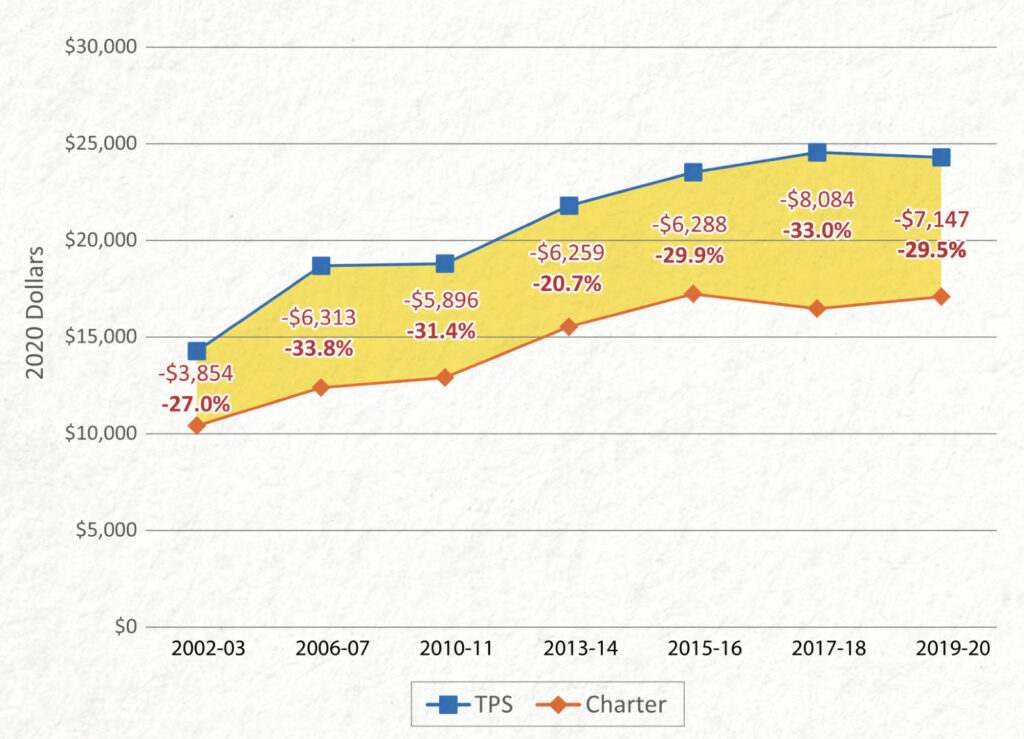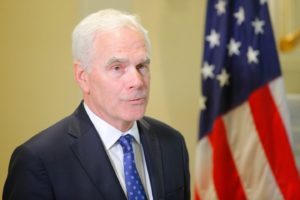When less is more: Charter schools receive less funding but deliver better student outcomes
Charter schools outperform their traditional public-school counterparts despite receiving significantly less funding, recent studies show.
The University of Arkansas released a new report…

Charter schools outperform their traditional public-school counterparts despite receiving significantly less funding, recent studies show.
The University of Arkansas released a new report analyzing nearly two decades’ worth of education funding from 16 states. It found charter schools have been chronically underfunded by 21% to 34% compared to public schools nationwide.

The disparity between charters and traditional public schools (TPS) was greatest in cities such as Atlanta (52.7%) and Indianapolis (42.5%), but was relatively small in places such as Denver (7%) and Memphis (6.5%).
“We find evidence that the size of the overall funding gap is partially a function of differences between TPS and charter schools in terms of special education enrollment, but not students in poverty or English language learners,” researchers wrote. “A sizable gap remains even when we control for student need.”
Another recent study from Stanford University demonstrated charter schools across the country are outperforming their TPS counterparts in education achievement, even among minority and low-income students. And individual states such as Michigan, California and Colorado are experiencing the same trend.
Why are charter schools markedly more successful? There are three prevailing explanations.
First, charter schools are, by nature, schools of choice. No students are assigned by their zip code to attend a charter school; their parents choose to enroll them.
Second, charter schools have more autonomy than traditional public schools. Though publicly funded and tuition-free, charters have more flexibility in terms of curriculum and school board governance.
Third, charter schools are less likely to be under the thumb of teachers’ unions. Unions are credited with exacerbating learning loss during the pandemic, especially in places such as Chicago, where the teachers’ union was absent from class even in 2022.
Whatever the reason, more families are seeing the value of a flexible, student-focused education. Charter school enrollment is on the rise nationwide – currently accounting for 7.5% of all public-school students.



